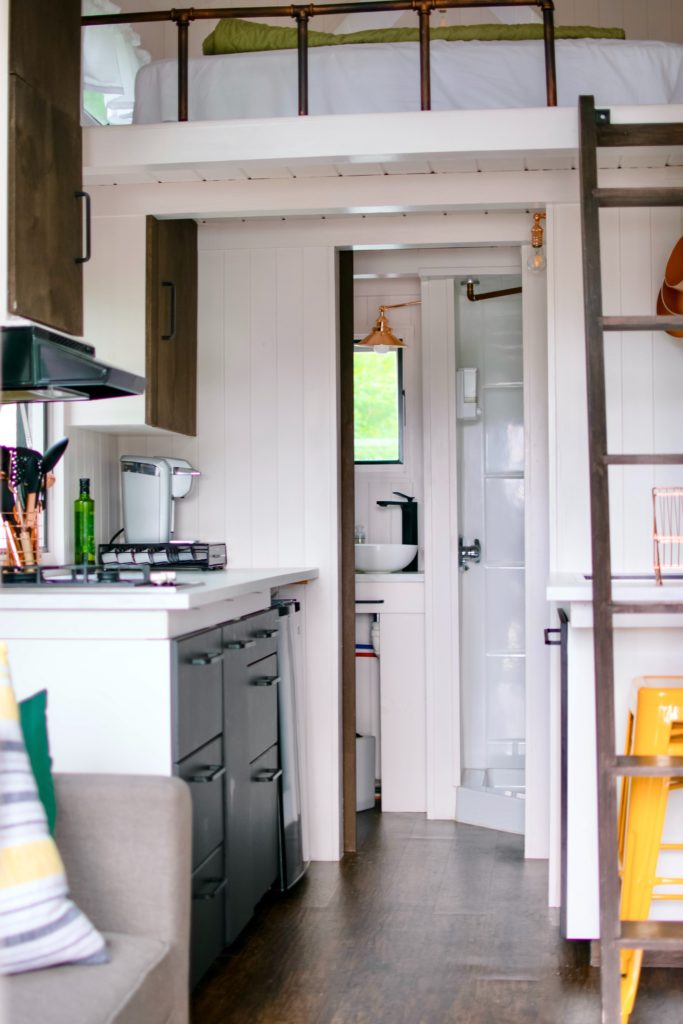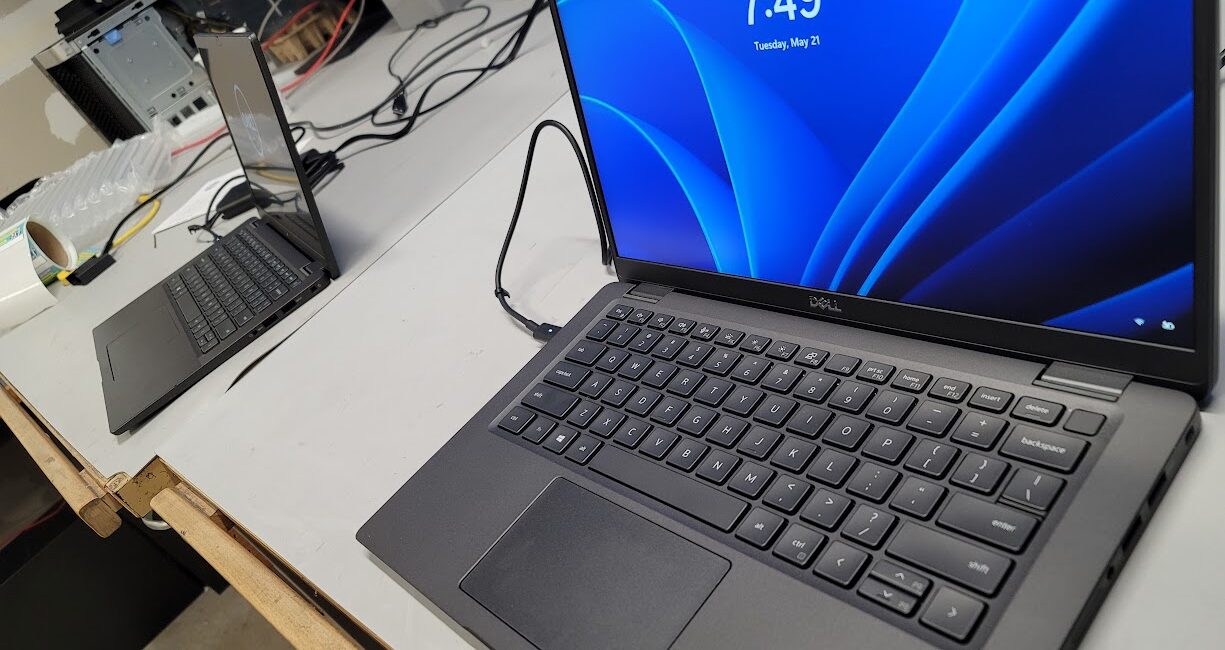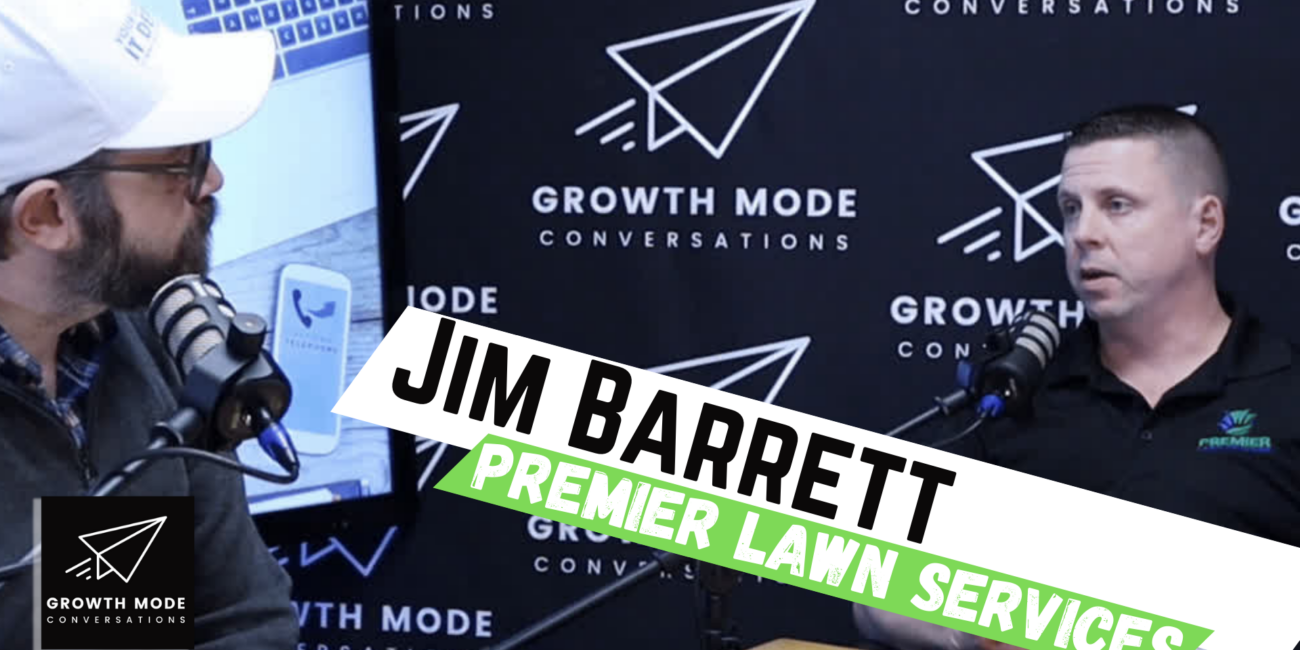
- February 27, 2023
- Growth Mode Tech
- 0
Tiny living has become an increasingly popular trend in recent years, as people look for ways to simplify their lives and reduce their environmental impact. By downsizing to smaller homes, tiny house dwellers aim to live a more sustainable, minimalist lifestyle.
With the advancement of technology, tiny living has become more convenient and efficient, making it an even more attractive option for those looking to downsize. In this blog, we will explore the role that technology plays in tiny living.
One of the ways that technology has made tiny living more convenient is through the development of compact, high-tech appliances. With the advent of mini-fridges, induction cooktops, and other space-saving appliances, tiny house dwellers are now able to enjoy all the comforts of a traditional home in a much smaller space. These appliances are not only compact but also energy-efficient, reducing the environmental impact of tiny living.
Another way that technology has made tiny living more efficient is through the use of smart home technology. With the help of smart home devices, tiny house dwellers can control various aspects of their home from their phone or tablet, including lighting, heating, and security. This allows them to maximize the use of their limited space and create a more comfortable living environment.
Additionally, technology has made it easier for tiny house dwellers to stay connected with the world. With the help of high-speed internet and mobile devices, tiny house dwellers can work from home, stay in touch with friends and family, and access all the information and entertainment they need.
However, there are also some potential drawbacks to using technology in tiny living. One of the main concerns is that technology can increase the cost of tiny living. While high-tech appliances and smart home devices can make tiny living more convenient and efficient, they can also be expensive, making it difficult for some people to adopt a tiny living lifestyle.
Another concern is that technology can create a more sedentary lifestyle, making it harder for tiny house dwellers to stay active and healthy. By relying on technology for entertainment and information, tiny house dwellers may spend more time indoors and less time engaging in physical activity.
In conclusion, technology has the potential to make tiny living more convenient, efficient, and connected, but it also comes with its challenges. While high-tech appliances and smart home devices can enhance the tiny living experience, they can also increase the cost of tiny living and create a more sedentary lifestyle. Ultimately, the use of technology in tiny living will depend on the individual preferences and priorities of each tiny house dweller.

Looking for a way to make your company Go Green?
Growth Mode Technologies is offering the Green Mode Tech Program. For more information you visit the Green Mode Tech page.



